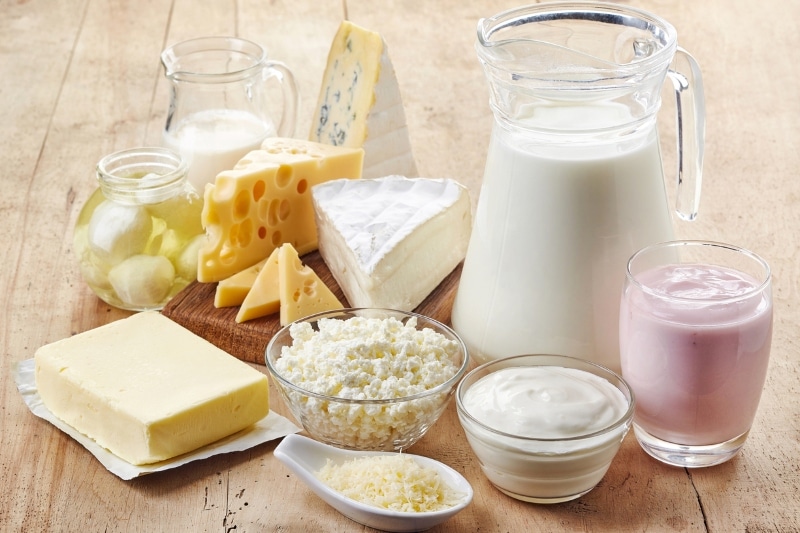Among South East Asian countries, Thailand is the largest producer and exporter of dairy products. In producing these items, Thailand is import-dependent for raw materials due to insufficient domestic raw milk supply.
Half of the country’s dairy imports are sourced from Australia and New Zealand (ANZ), which could further increase as dairy tariffs from these countries are eliminated between January 2021 to 2025. This is made possible through the Special Safeguard measures (SSG) of the Thailand – Australia Free Trade Agreement (TAFTA) and Thailand – New Zealand Closer Economic Partnership (TNZCEP).
As a result of these agreements, Thailand’s import tariffs and import quotas from ANZ for some dairy products, such as whole milk powder, whey, cheese, and anhydrous milk, were removed on January 1, 2021. Moreover, the same will happen for milk and cream, flavored milk, and skim milk powder in 2025, according to a February 2021 GAIN report from the United States Department of Agriculture (USDA).
The removal of the import tariffs and quotas for ANZ dairy products will impact the competitiveness of dairy products from other supplying countries in the Thai dairy market, which is already highly competitive and price sensitive.
However, constant engagement and market visits, R&D, and technical assistance for local food and beverage manufacturers are key approaches that other exporters can do to gain, maintain or expand their share in the Thai market. Key targets are the large manufacturing companies that dominate milk processing in Thailand, who are therefore the biggest importers of dairy products, which they use as ingredients in their recombined milk products and other dairy foods destined for the domestic and export market. These large processors include CP Meiji, Nestle, FrieslandCampina Thailand, The Thai Dairy Industry, and Dutch Mill.
Notably, Thailand’s major export markets are its fellow South East Asian countries. Dairy consumption in South East Asia has been rising impressively, with agribusiness banking specialist Rabobank predicting a dairy boom in the region, as its current 12.9 billion liter annual milk deficit expands to 19 billion liters by 2030.
Supporting this growth is an increasing disposable income in the region, coupled with rising consumer demand for healthier products, particularly high-protein F&B items. Remarkably, growth potential is massive as compared with Western countries, many in South East Asia are still in their early phase of recognizing the benefits that high-protein products bring in supporting physical fitness and healthy aging among adults.
(Sources: USDA GAIN Report; Dairy News Australia; FoodNavigator-Asia)
